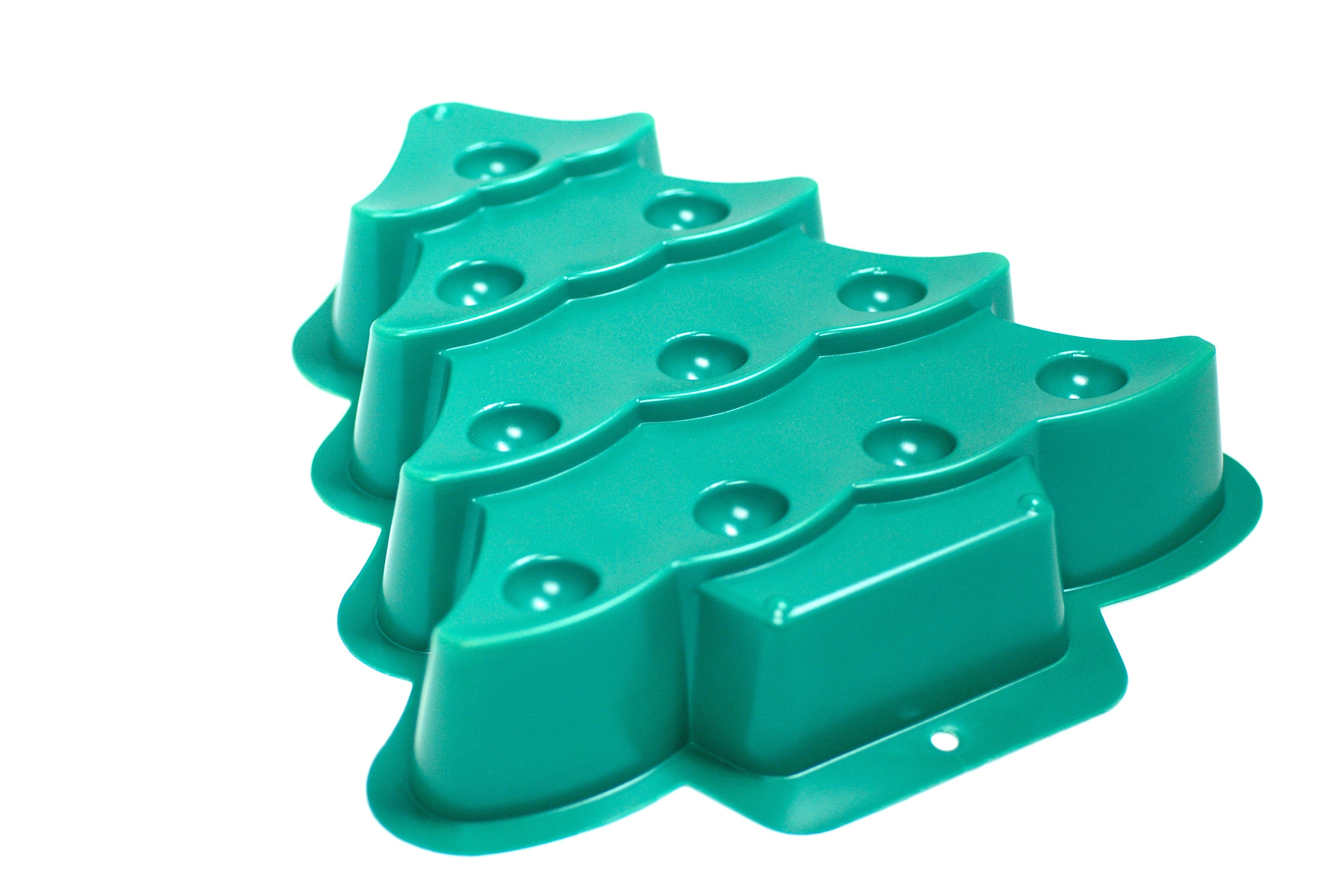Dordan has celebrated nearly 60 years of Christmas together. This year, we want to celebrate the blessings of the last ten, to offer hope and inspiration for the next decade. In looking back, we recall Kierkegaard's saying that "life is lived forward, but understood backwards"; never has this rung so true as we reflect on 2020.





